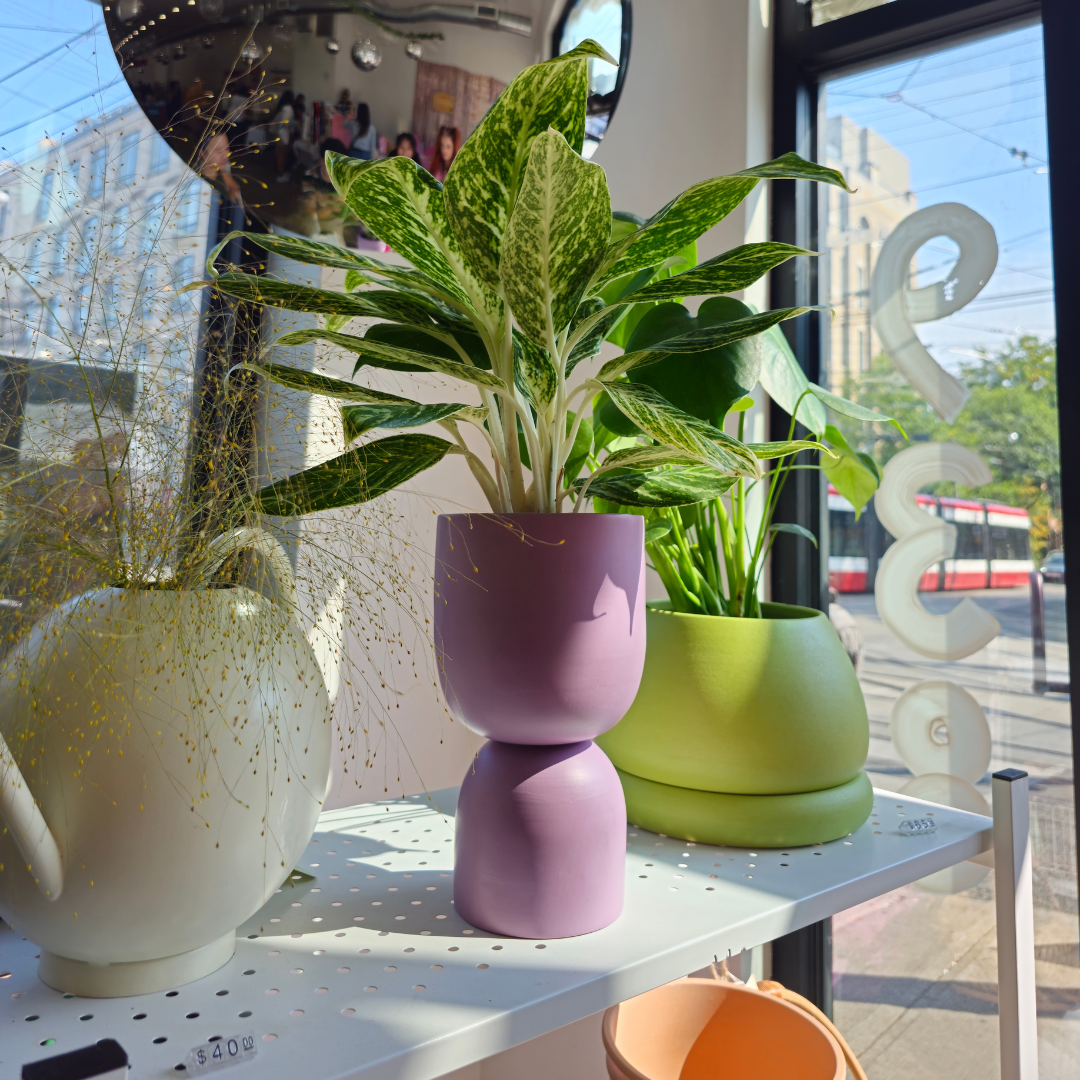
Which Plant You Should Get Based On Your Interior Design Aesthetic
So you’ve finally decided on an interior design style that matches your personality, and you’re ready to add some finishing touches like houseplants. Believe it or not, some plants work better than others when paired with design styles like Mid-Century Modern, BOHO and Japandi. In this article, we’ll tell you which plant you should consider buying depending on the interior design of your living space.
BOHO: Peruvian Cactus

BOHO interior design style is all about creating a relaxed and eclectic atmosphere with a mix of patterns, textures, and natural elements. When it comes to houseplants that complement the BOHO aesthetic, the Peruvian Cactus is an excellent choice.
When displayed in a terracotta pot, and combined with other desert-inspired elements like rattan furniture and woven textiles, the Peruvian Cactus adds a touch of bohemian charm and natural beauty to your BOHO interior design.
Industrial: ZZ Plant

The ZZ Plant's resilient nature makes it well-suited for the low-maintenance requirements often associated with industrial design. It can thrive in a variety of lighting conditions, including low light, and it is tolerant of occasional neglect.
Pair the ZZ Plant with raw materials like exposed brick, metal accents, and concrete surfaces to enhance the industrial aesthetic. Its architectural form and sleek appearance make it a standout addition to any industrial-inspired space, whether it's a loft apartment, a converted warehouse, or a modern office.
Mid-Century Modern: Monstera Deliciosa

The Monstera Deliciosa is a perfect fit for mid-century modern interior design. Its large, glossy leaves and iconic Swiss cheese-like holes make it a statement piece that adds a touch of tropical flair to any space. The vibrant green color of the leaves complements the warm, earthy tones often found in mid-century modern furniture such as Eames chairs or a sleek walnut sideboard
The Monstera Deliciosa's ability to thrive in bright, indirect light makes it an ideal choice for mid-century modern interiors, which often feature large windows and open floor plans. Its low-maintenance nature also aligns with the relaxed and effortless vibe of mid-century modern design.
Contemporary: Ficus Audrey

The Ficus Audrey is a perfect fit for contemporary interior design. With its sleek, glossy leaves and clean lines, it adds a touch of modern elegance to any space. Place it in a cylindrical ceramic pot and pair it with neutral tones and minimalist furniture to create a chic and sophisticated atmosphere.
Eclectic: Chinese Evergreens

For an eclectic interior design style, the Chinese Evergreen is an ideal choice. Its vibrant foliage and diverse leaf patterns bring a burst of color and visual interest to any room. Mix and match different varieties of Chinese Evergreens to create a dynamic and eclectic display that complements your unique style.
Japandi: Norfolk Pine

The Norfolk Pine is a wonderful option for Japandi interior design, which combines the minimalist simplicity of Japanese design with the warmth and coziness of Scandinavian style. The Norfolk Pine's tall, slender form and soft, delicate needles evoke a sense of tranquility and natural beauty. Place it in a simple, natural wood pot and surround it with clean lines, neutral colors, and natural textures to achieve the perfect Japandi look.
Minimalist: Burgundy Rubber Tree

The minimalist design style emphasizes clean, uncluttered spaces and a focus on essential elements. The Burgundy Rubber Tree's bold color and minimalistic form make it a standout piece that adds visual interest without overwhelming the space. Its low-maintenance nature also aligns with the simplicity and ease of minimalist design.
Whether placed in a living room, bedroom, or office space, the Burgundy Rubber Tree brings a sense of calm and natural beauty to minimalist interiors. Its striking appearance and minimal care requirements make it an excellent choice for those seeking a plant that complements the simplicity and elegance of minimalist design.
Remember, these recommendations are just starting points, and you can always experiment and mix different plants with different interior design styles to create a look that is uniquely yours. Happy styling!